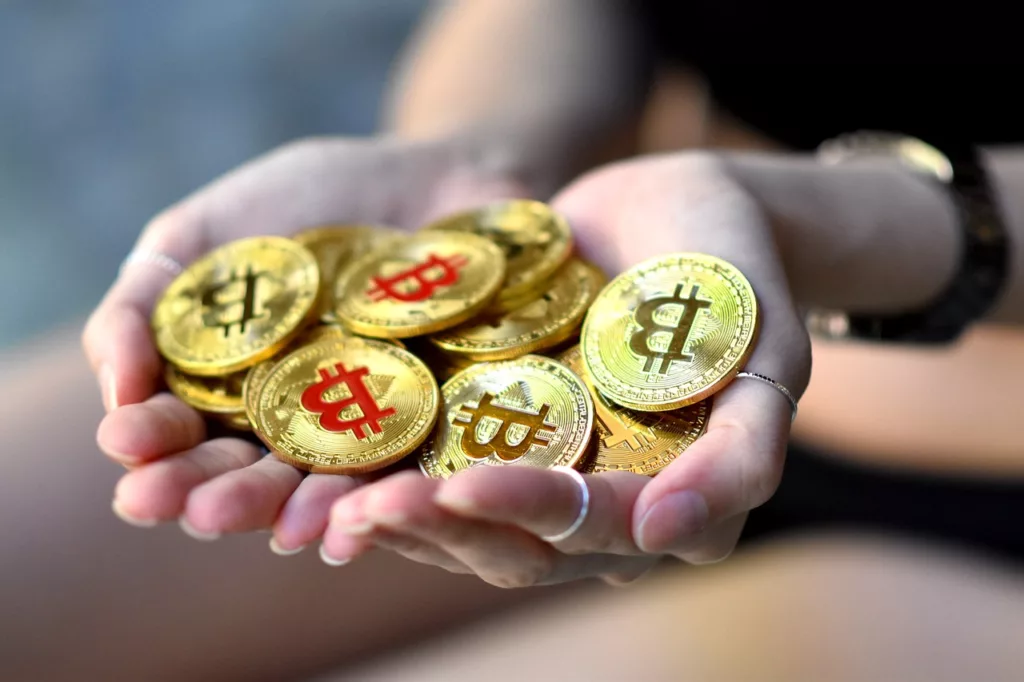How to start the Blockchain transaction life cycle? – TheCork.ie (News and Entertainment)
12 February 2023
By Roger Kennedy
[email protected]

Block chain
The concepts for each individual transaction, such as transferring money or setting up a smart contract, are built on the blockchain network itself. Transactions on blockchain technology have a specific cycle and they are followed to complete or reach the goal. This transaction life cycle is going to be quite simple and complex, so first of all you need to know what the transaction life cycle is. It will be necessary for you to follow some of the following steps for the transaction life cycle to be done with bitcoin. Like Bitcoin, you can also trade Ethereum by choosing a proper and secured online trading platform such as A little alpha AI.
These specifications are essential and will help privacy auditors understand how things work, especially when dealing with smart contracts. It’s important to have that knowledge for effective smart contract auditing, so if you’re curious, just keep reading.
Sender confirms new blocks after verifying them
You have been able to solve the puzzle with these digital coins or you have been able to add all the transactions to the blockchain, but even then the verification of the transaction is not complete and because of this it is rejected. This happens at the time when the nodes are newly created by the blockchain, and then the confirmation of the block has not been completed. The user has to wait for six confirmation messages from the blockchain, even after that, it is sure that the transaction made is completely valid, and stored in the blockchain forever. The confirmation message is sent by the blockchain which is just an information message that only happens when a new block has been validated.
Transfer of transactions to the blockchain
When the user trades with the private key, the wallet transaction is sent to the node of the blockchain. The blockchain is responsible for spreading transactions across multiple nodes at the time the node’s verification process begins. For example, in the case of bitcoin transactions, all the distributed nodes use an algorithm to block very quickly. When a bitcoin node is started, it establishes a set of connections, such as TCP and IP, to other nodes that are created during the operation. When a bitcoin transaction is made on its own, the transaction data is sent to another node, at which point copies of the data are sent to the bitcoin nodes it is connected to. The information is then only forwarded to other nodes to which they are connected.
Miner sends new block and solves PoW
There are many things that are going to be very different from the blockchain. On the other hand, to make a new block fully valid through the bitcoin blockchain, the digital puzzle must be solved first, which will require computational energy first. The greater the computing power or the more nodes, the more difficult the digital puzzle is to solve. Finding a hash that starts with a specified number of zeros and is less than a given value is the sole purpose of a virtual puzzle. If you want to learn more about this whole procedure, which is known as PoW, you can read the article.
But in the blockchain there are many new blocks whose validation is based only on PoS. This is also going to be the best opportunity to validate blocks of nodes holding coins on the network. The only consideration here is that you can invest your money in blockchain, which means it will most likely never hurt you.
Transactions are verified by miners
When the transaction is received by the blockchain miners, the old transaction will be verified by the blockchain to avoid further double spending, and then added to the pool, after which they will be valid. Having to wait some time for a block to be included occurs.


